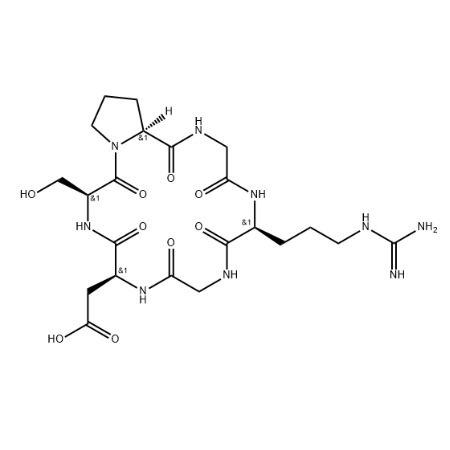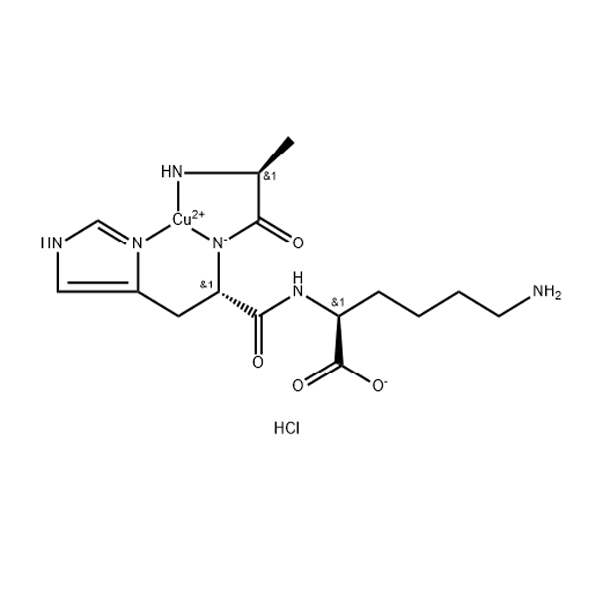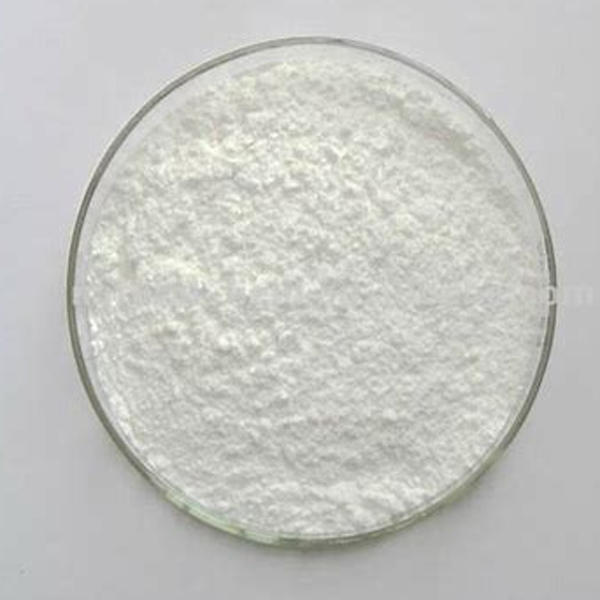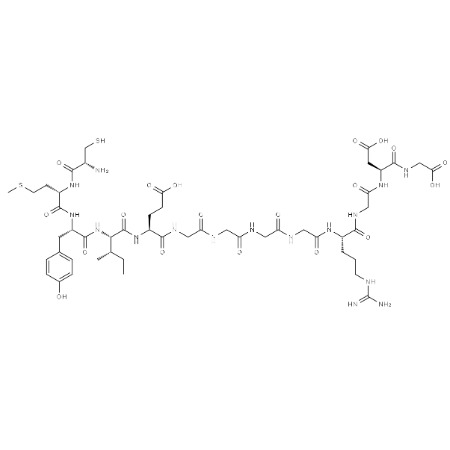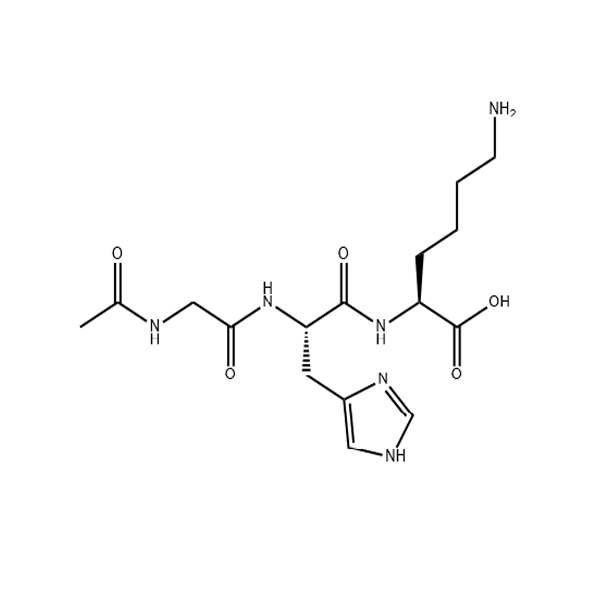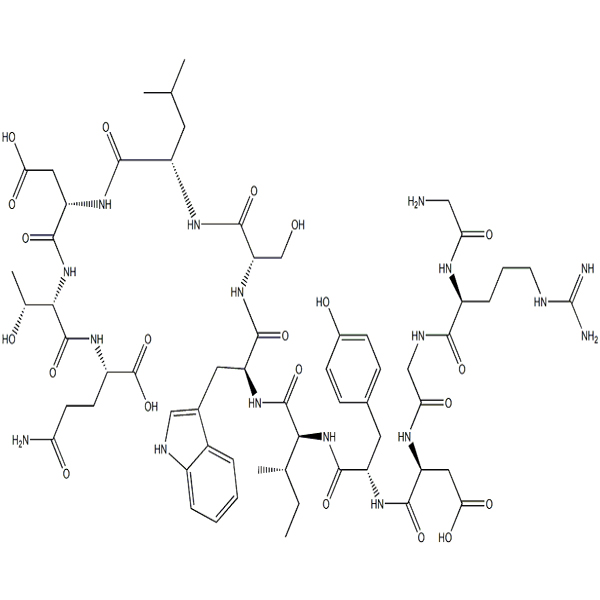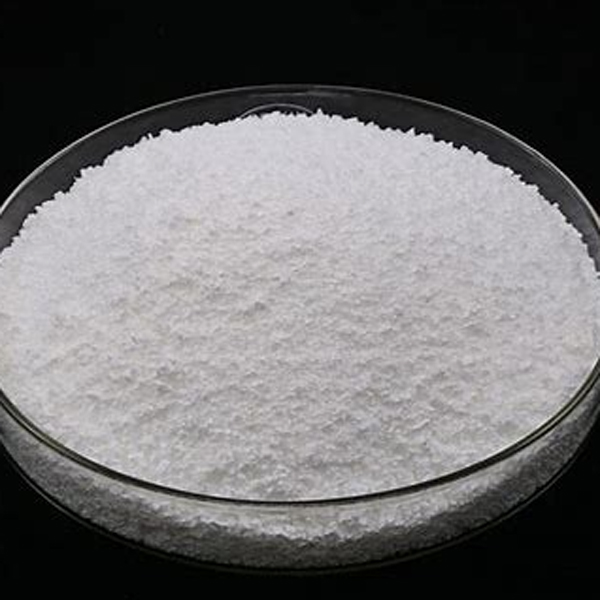cyclo(GRGDSP) supplier/135432-37-0/Peptide purification
Description
Cyclo(Gly-Arg-Gly-Asp-Ser-Pro) is an inhibitory peptide containing RGD. Cyclo(Gly-Arg- Gly-Asp-Ser-Pro ) is a synthetic α5β1 integrin ligand that competitively inhibits the binding of invasin (Inv) to the α5β1 integrin expressed on Caco-2 cells.
Specifications
Apperance: White to off-white powder
Purity(HPLC): ≥98.0%
Single Impurity: ≤2.0%
Acetate Content(HPLC): 5.0%~12.0%
Water Content (Karl Fischer): ≤10.0%
Peptide Content: ≥80.0%
Packing and Shipping: Low temperature, vacuum packing, accurate to mg as required.
FAQ:
Which end is best for my research?
By default, the peptide ends with an N-terminal free amino group and a C-terminal free carboxyl group. The peptide sequence often represents the sequence of the mother protein. In order to be closer to the mother protein, the end of the peptide often needs to be closed, that is, n-terminal acetylation and C-terminal amidation. This modification avoids the introduction of excess charge, and also makes it more able to prevent exonucliase action, so that the peptide is more stable.
How is my peptide transported? What test reports are provided?
All freeze-dried polypeptides are usually stored in special containers of 2 ml or 10ml with original analytical data and synthesis reports containing important information such as sequence, molecular weight, purity, weight, and number of the polypeptide.
What is the role of peptides in skincare products?
Peptides have various functions in skincare products, including:
Moisturizing: Peptides can help the skin retain moisture and increase skin hydration.
Anti-aging: Peptides can stimulate collagen production, reduce wrinkles, and improve skin elasticity.
Whitening: Some peptides can inhibit melanin production and lighten spots.
Repair: Peptides can promote cell metabolism and help repair damaged skin.
What do I need to look for when designing phosphorylated peptides?
When designing phosphorylation modifications, the phosphorylation modifications should not be more than 10 amino acids away from the N-terminus to avoid a decrease in coupling efficiency.
What is the direction of synthesis of peptides?
Peptide synthesis is from the C-terminus to the N-terminus of the polypeptide.

